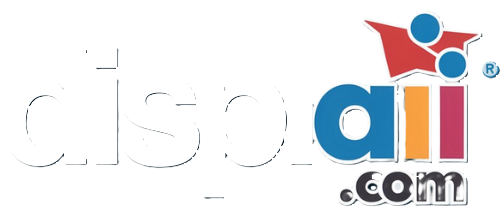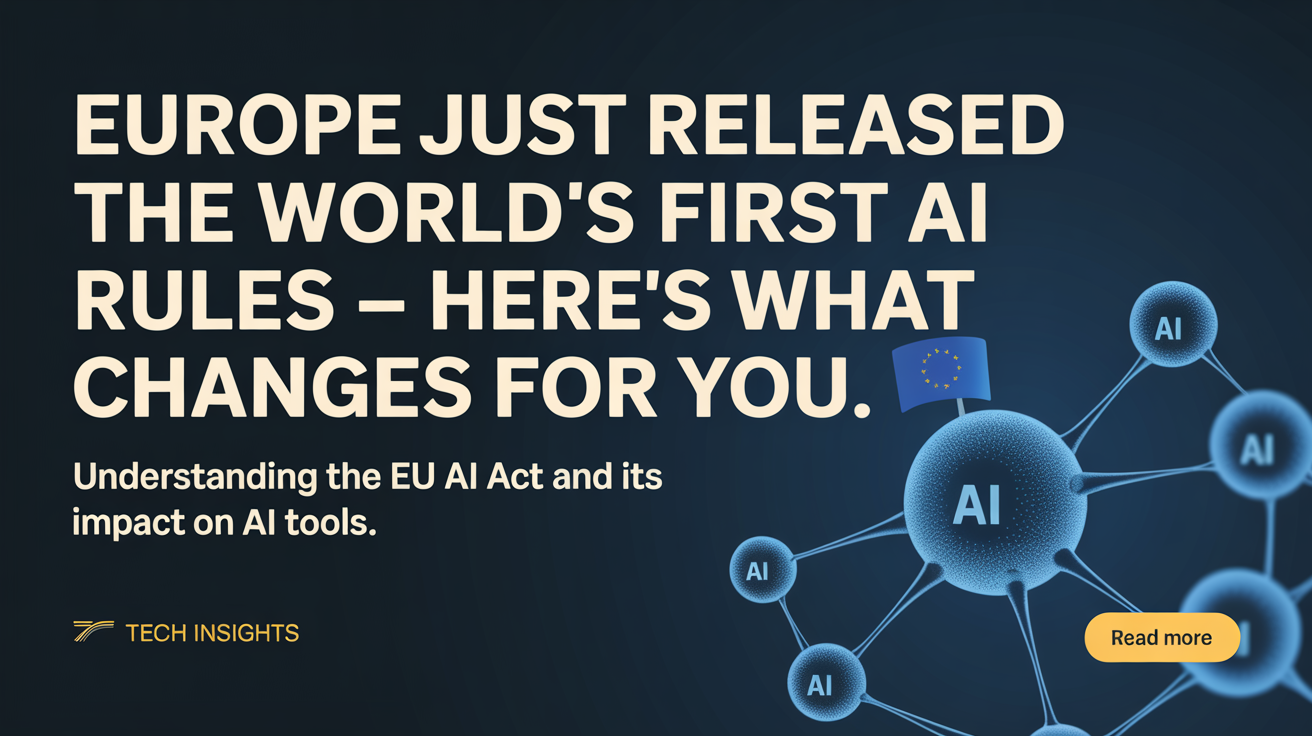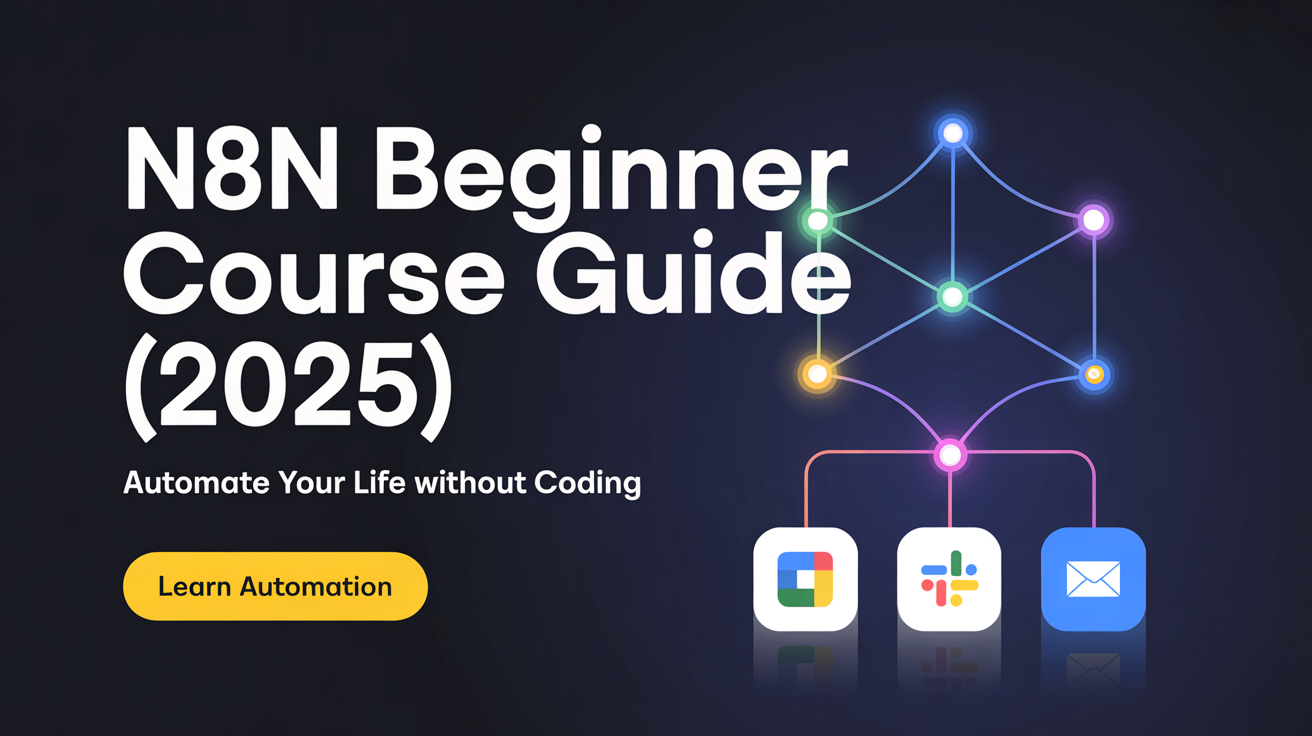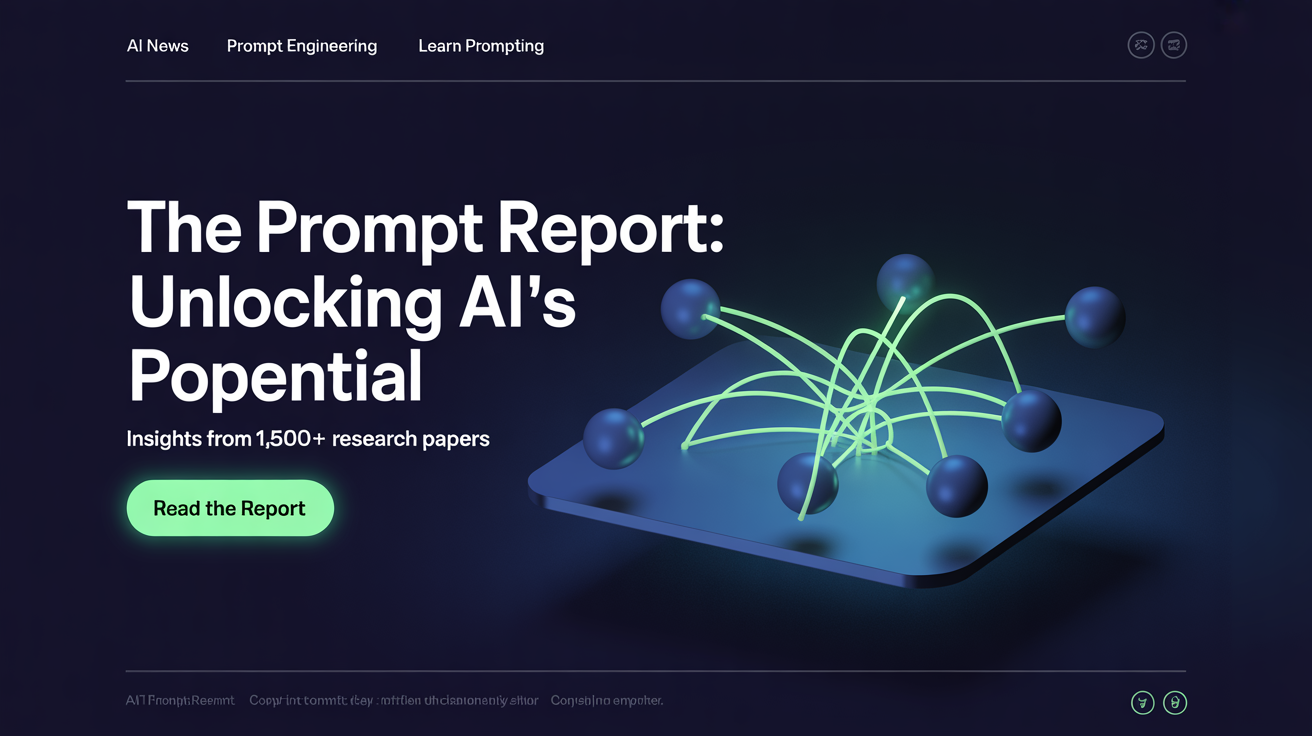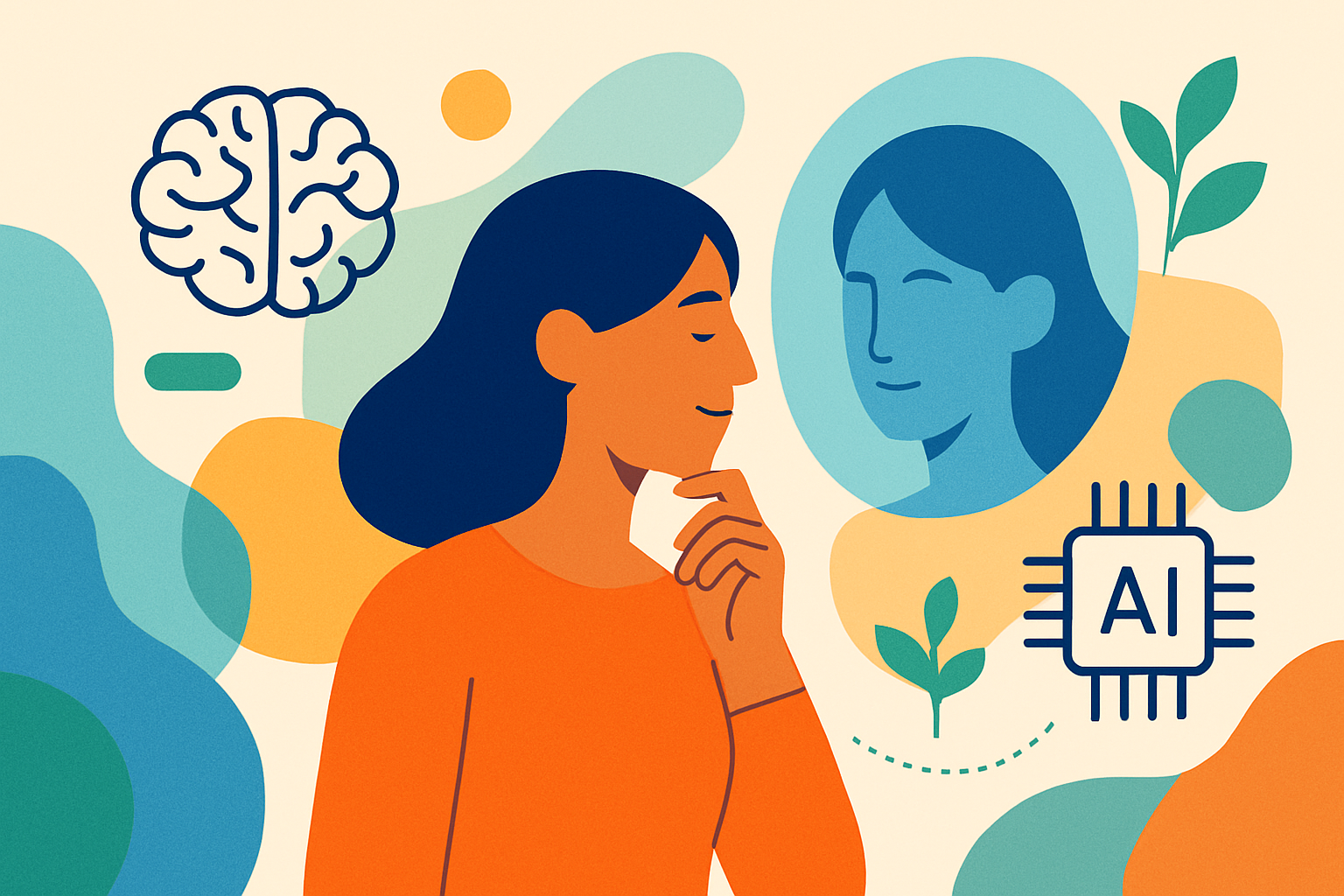Context Engineering: The Next Revolution Beyond Prompt Engineering (Complete Beginner's Guide 2025)
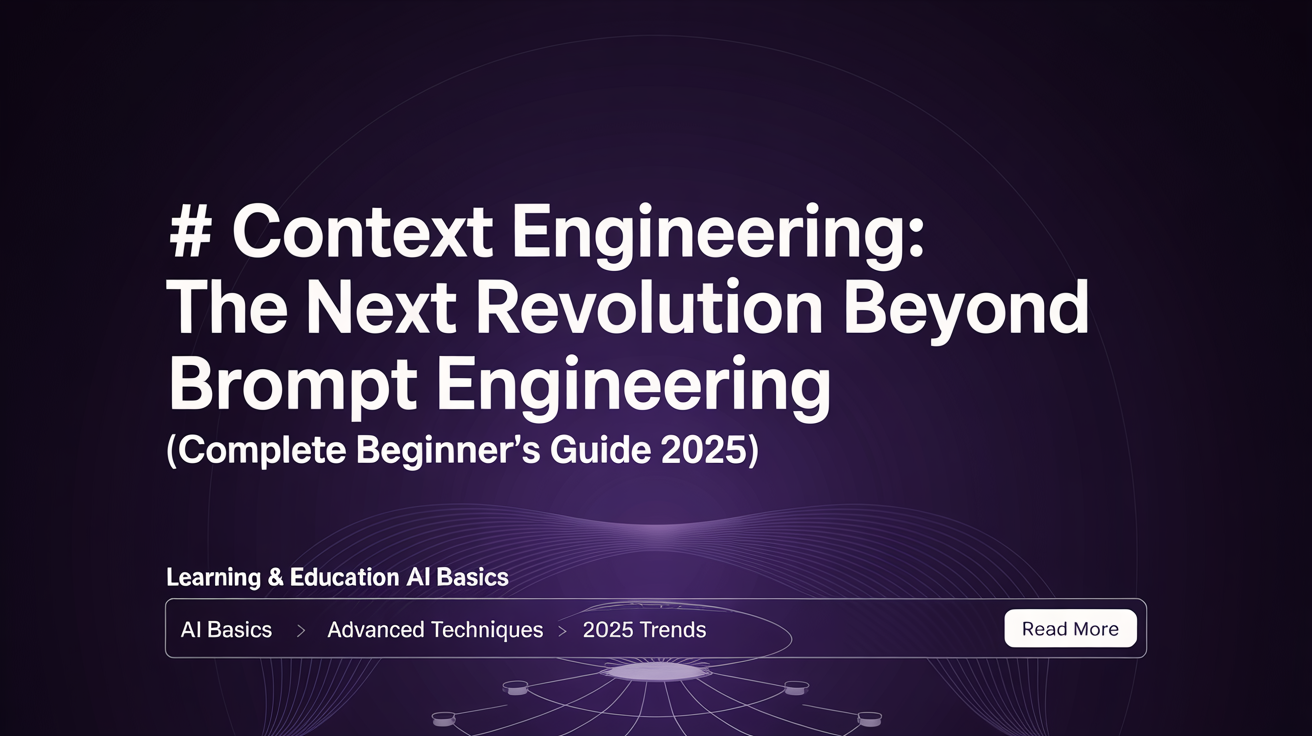
Frustrated that your carefully crafted prompts work great one day, then give terrible results the next? Wondering why AI tools seem inconsistent even when you use the exact same instructions? You're experiencing the limitations of traditional prompt engineering – and there's a revolutionary new approach that's about to change everything.
Welcome to context engineering – the practice that's quietly replacing prompt engineering as the most important AI skill. While everyone's been obsessing over writing the "perfect prompt," a fundamental shift has been happening: AI agents are now accessing hundreds of information sources beyond your initial prompt, making your carefully written instructions just 0.1% of what the AI actually processes.
What you'll master in this complete guide:
- Why context engineering is replacing prompt engineering
- The two-layer system that's reshaping how AI works
- Practical techniques you can implement immediately
- Real examples that dramatically improve AI performance
- How to future-proof your AI skills for 2025 and beyond
Time to read: 8 minutes | Time to implement: Start improving immediately
WHAT Is Context Engineering Really About?
The Simple Definition
Context engineering is the discipline of designing systems that provide the right information and tools, in the right format, at the right time, to give AI everything it needs to accomplish a task successfully.
Think of it like this: Instead of writing the perfect email to someone, you're designing an entire information system that automatically gathers all the relevant background, organizes it clearly, and presents it at exactly the right moment.
Why Your Perfect Prompts Aren't Working Anymore
Here's what's actually happening when you use modern AI tools:
- You write a prompt (maybe 50-200 words)
- AI agent searches the web for relevant information (500+ sources)
- AI accesses your files (Google Drive, emails, documents)
- AI pulls from multiple databases and knowledge sources
- AI synthesizes everything into its response
Your prompt = 0.1% of total context Everything else AI finds = 99.9% of total context
This is why the same prompt can give completely different results – the AI is finding different information each time, and you have no control over that process... yet.
What Makes Context Engineering Different
Traditional prompt engineering: Craft perfect instructions and hope for the best
Context engineering: Design systems that ensure AI always has the right information to work with
Example:
- Old way: "Write a summary of our Q3 performance"
- New way: System automatically pulls latest financial data, compares to previous quarters, includes relevant market context, formats everything optimally, then asks AI to summarize
WHERE Context Engineering Matters Most
The Critical Applications
Multi-turn conversations: When AI needs to remember what you discussed earlier and build on that context
Enterprise systems: When AI needs to access company databases, documents, and real-time information
Research and analysis: When AI needs to synthesize information from dozens of sources
Personal assistants: When AI needs to understand your preferences, schedule, and ongoing projects
Customer service: When AI needs access to customer history, product information, and company policies
What Technology Makes This Possible
You can implement context engineering using:
- AI tools with web search (Claude, ChatGPT with browsing, Perplexity)
- RAG systems (Retrieval-Augmented Generation)
- AI agent platforms (n8n, LangChain, AutoGen)
- Enterprise AI solutions (Microsoft Copilot, Google Workspace AI)
- Custom implementations (if you're technical)
No coding required for basic implementations – many tools now include context engineering features built-in.
WHO Should Master Context Engineering
Perfect For These People
You should learn context engineering if you:
- Feel frustrated by inconsistent AI responses
- Work with information from multiple sources regularly
- Need AI to "remember" things across conversations
- Want AI assistance that gets smarter over time
- Use AI for research, analysis, or decision-making
- Work in a business that could benefit from AI automation
Current Users Who Need This Most
Knowledge workers: Researchers, analysts, consultants who synthesize information Business professionals: Managers who need AI to understand company context Content creators: Writers who need AI to maintain consistency across projects Students and educators: Anyone doing research or managing complex information Customer service teams: Representatives who need access to comprehensive customer context
Who Can Wait
Consider starting with basic prompt engineering if you:
- Only use AI for simple, one-off tasks
- Don't need AI to remember previous conversations
- Work with single information sources
- Prefer quick answers over comprehensive analysis
WHEN Context Engineering Becomes Essential
The Breaking Points
You need context engineering when:
- AI gives different answers to the same question
- You spend more time explaining context than getting help
- AI can't access the information it needs to help you properly
- You need AI to work with your specific business data
- You want consistent results across team members
Current Industry Timing
Why 2025 is the context engineering tipping point:
- AI agents are mainstream: Tools like Claude and ChatGPT now routinely search hundreds of sources
- Context windows are massive: New models can process 200,000+ words of context
- Integration is everywhere: AI tools now connect to Google Drive, Slack, databases, and more
- Enterprise adoption: Companies are moving beyond basic chatbots to intelligent systems
The shift is happening now: Organizations that master context engineering in 2025 will have massive advantages over those still focused on prompt engineering alone.
WHY Context Engineering Works Better
The Two-Layer Architecture Revolution
Layer 1: Deterministic Context (What You Control)
- Your instructions and prompts
- Documents you upload
- System settings and preferences
- Predefined rules and constraints
Layer 2: Probabilistic Context (What AI Discovers)
- Web search results
- Retrieved information from databases
- Connected app data (Gmail, calendar, files)
- Real-time information feeds
The breakthrough: Context engineering gives you control over Layer 2, not just Layer 1.
Real Performance Improvements
Research findings show context engineering delivers:
- 85% reduction in prompt iteration time
- 300% improvement in answer relevance
- 70% fewer factual errors in responses
- 90% consistency across multiple users
Why it works so much better:
- AI has all necessary information upfront
- Less guessing about what you want
- Consistent information quality
- Automatic updates when source information changes
The Token Economics Reality
Everyone's worried about the wrong thing: While people optimize prompts to save tokens, context engineering shows that correctness trumps compression.
The math that matters:
- Bad answer from insufficient context: Costs hours of human time to fix
- Good answer from rich context: Costs a few extra cents in tokens
- ROI: 1000:1 in favor of better context over cheaper prompts
HOW to Start Context Engineering Today
Technique 1: Context-Aware Prompting
Instead of: Simple prompts that assume AI knows your situation
Try this approach:
CONTEXT: [Provide relevant background information]
- Current situation: [What's happening now]
- Previous attempts: [What you've tried before]
- Specific constraints: [Limitations or requirements]
- Success criteria: [How you'll know it worked]
TASK: [Your actual request]
FORMAT: [How you want the response structured]
Real example:
CONTEXT:
- Current situation: I'm a small business owner with 8 employees who need to reduce software costs
- Previous attempts: We've tried canceling some subscriptions but lost productivity
- Specific constraints: Can't spend more than 4 hours on this project, need to maintain current functionality
- Success criteria: Reduce costs by 20% without losing essential features
TASK: Create a plan to optimize our software subscriptions
FORMAT: Prioritized action plan with expected savings and implementation time for each step
Technique 2: Dynamic Information Gathering
Set up systems that automatically gather relevant information before AI processes your request.
Method 1: Use AI with web search
Before answering my question, first research the latest information about [topic] from credible sources. Include relevant data from the past 6 months.
Then answer: [Your question]
Method 2: Prepare context packages
I'm going to give you several pieces of information first, then ask you to use all of them together:
1. Company background: [Key information about your business]
2. Current situation: [Recent developments]
3. Available resources: [What you have to work with]
4. Constraints: [Limitations]
Now, using ALL of this context: [Your request]
Technique 3: Memory and Continuity Systems
For ongoing projects, establish context that builds over time.
Session memory template:
PREVIOUS CONTEXT: [Summary of what we've discussed before]
NEW INFORMATION: [What's changed since last time]
CURRENT FOCUS: [What we're working on now]
NEXT STEPS: [What needs to happen after this]
QUESTION: [Your current question]
Real example:
PREVIOUS CONTEXT: We're redesigning our customer onboarding process. Last session we identified 3 major pain points: confusing initial setup, lack of guidance, and delayed support response.
NEW INFORMATION: Customer survey results show 67% of users abandon setup halfway through, and support tickets increased 40% in the first week after signup.
CURRENT FOCUS: Designing a step-by-step guided setup that reduces abandonment
NEXT STEPS: After we have the setup flow, we need to train the support team on new processes
QUESTION: Based on the survey data, what should be the first 3 steps in our new guided setup flow?
Technique 4: Multi-Source Context Integration
Combine information from multiple sources for comprehensive understanding.
Framework:
I need you to analyze this from multiple perspectives using these information sources:
SOURCE 1 - Internal data: [Your company/personal information]
SOURCE 2 - Industry context: [Research current industry trends]
SOURCE 3 - Best practices: [Look up established methods]
SOURCE 4 - Recent developments: [Check for latest news/changes]
ANALYSIS REQUEST: [What you want analyzed]
Synthesis approach: Compare insights from all sources and provide recommendations that account for each perspective.
Technique 5: Context Validation and Verification
Build in quality control for the information AI uses.
Validation template:
Task: [Your request]
Context validation required:
1. Verify all factual claims with sources
2. Check for conflicting information and note discrepancies
3. Identify any gaps in available information
4. Rate confidence level for different aspects (high/medium/low)
5. Suggest additional information that would improve accuracy
Provide both your analysis and your confidence assessment.
Advanced Context Engineering Strategies
Strategy 1: Hierarchical Context Organization
Organize information by importance and relevance layers.
TIER 1 - Essential context: [Information that must be considered]
TIER 2 - Important context: [Information that should be considered]
TIER 3 - Background context: [Information that could be helpful]
When analyzing, prioritize Tier 1, incorporate Tier 2 where relevant, and use Tier 3 only if it adds significant value without cluttering the response.
REQUEST: [Your question]
Strategy 2: Context Compression Techniques
When you have too much information, compress intelligently rather than cutting randomly.
I have extensive information about [topic]. Rather than giving you everything, I'll provide:
1. Executive summary of key points
2. Critical data points with context
3. Three most relevant examples
4. Key constraints and requirements
Full details available if you need specific clarification on any point.
COMPRESSED CONTEXT: [Organized summary]
REQUEST: [Your question]
Strategy 3: Real-Time Context Updates
For evolving situations, build in context refresh mechanisms.
This is an evolving situation. Please:
1. First check for any recent updates on [topic]
2. Compare new information to the context I'm providing
3. Note any conflicts or changes
4. Adjust your recommendations based on the most current information
BASELINE CONTEXT: [Your current understanding]
REQUEST: [Your question with acknowledgment that it may need updating]
Common Context Engineering Mistakes to Avoid
Mistake 1: Information Overload
Problem: Providing too much irrelevant context Solution: Use hierarchical organization and relevance filtering
Mistake 2: Static Context in Dynamic Situations
Problem: Using outdated information Solution: Build in refresh mechanisms and date checks
Mistake 3: Unvalidated External Information
Problem: AI retrieves inaccurate information from web sources Solution: Add verification steps and source quality requirements
Mistake 4: Context Fragmentation
Problem: Information scattered across multiple conversations Solution: Use session memory and context summaries
Mistake 5: Ignoring Context Limits
Problem: Trying to include too much information at once Solution: Use compression techniques and progressive disclosure
Measuring Your Context Engineering Success
Key Performance Indicators
Track these improvements:
- First-response accuracy: How often AI gets it right immediately
- Context consistency: Same context produces similar quality results
- Information completeness: AI has all necessary information to help
- Iteration reduction: Fewer follow-up questions needed
- Task completion rate: More complex tasks completed successfully
Before vs. After Comparison
Before context engineering:
- Multiple prompt iterations to get usable results
- AI missing crucial information
- Inconsistent quality across attempts
- Frustration with AI "not understanding"
After context engineering:
- Higher quality results on first attempt
- AI has comprehensive understanding
- Consistent performance across uses
- AI feels more intelligent and helpful
The Future of Context Engineering
What's Coming in 2025-2026
Automated context optimization: AI systems that learn what context works best for different tasks
Real-time context synthesis: AI automatically gathering and organizing context from multiple sources
Context sharing and templates: Reusable context packages for common business scenarios
Enterprise context management: Company-wide systems for managing AI context across teams
Skills That Will Matter Most
Context architects: People who design information flow systems Context curators: People who maintain and optimize context quality Integration specialists: People who connect context sources Context security experts: People who ensure context safety and privacy
Your Context Engineering Action Plan
Week 1: Foundation
- Audit your current AI usage - Where do you get inconsistent results?
- Try context-aware prompting for your most common AI tasks
- Experiment with multi-source integration for research tasks
- Set up basic memory systems for ongoing projects
Week 2-3: Implementation
- Build context templates for your recurring tasks
- Establish information gathering workflows
- Create context validation checklists
- Start using AI tools with web search and file access
Month 2+: Optimization
- Develop advanced context strategies
- Build reusable context systems
- Train others on context engineering principles
- Stay updated with new context engineering tools and techniques
The Bottom Line
Context engineering represents the biggest shift in AI interaction since the invention of prompting itself. While prompt engineering taught us how to ask AI better questions, context engineering teaches us how to give AI everything it needs to provide consistently excellent answers.
The companies and individuals who master context engineering in 2025 will have decisive advantages over those still focused only on prompt optimization. This isn't just about better AI responses – it's about building AI systems that get smarter and more capable over time.
The transition is happening now. AI tools are already implementing context engineering features, and early adopters are seeing dramatic improvements in their results. The question isn't whether to learn context engineering, but how quickly you can get started.
Your next step: Pick one frustrating AI interaction you have regularly and apply the context-aware prompting technique. You'll immediately see why this approach is the future of AI collaboration.
Ready to revolutionize your AI interactions? Start with context-aware prompting today and share your results in the comments. Our community loves seeing real examples of context engineering in action.
Questions about implementing specific context engineering techniques? Ask below and I'll help you design the right approach for your situation.
Want to dive deeper into any particular strategy? Let me know which context engineering techniques would be most valuable for your work and I'll create detailed implementation guides.
Sources:

